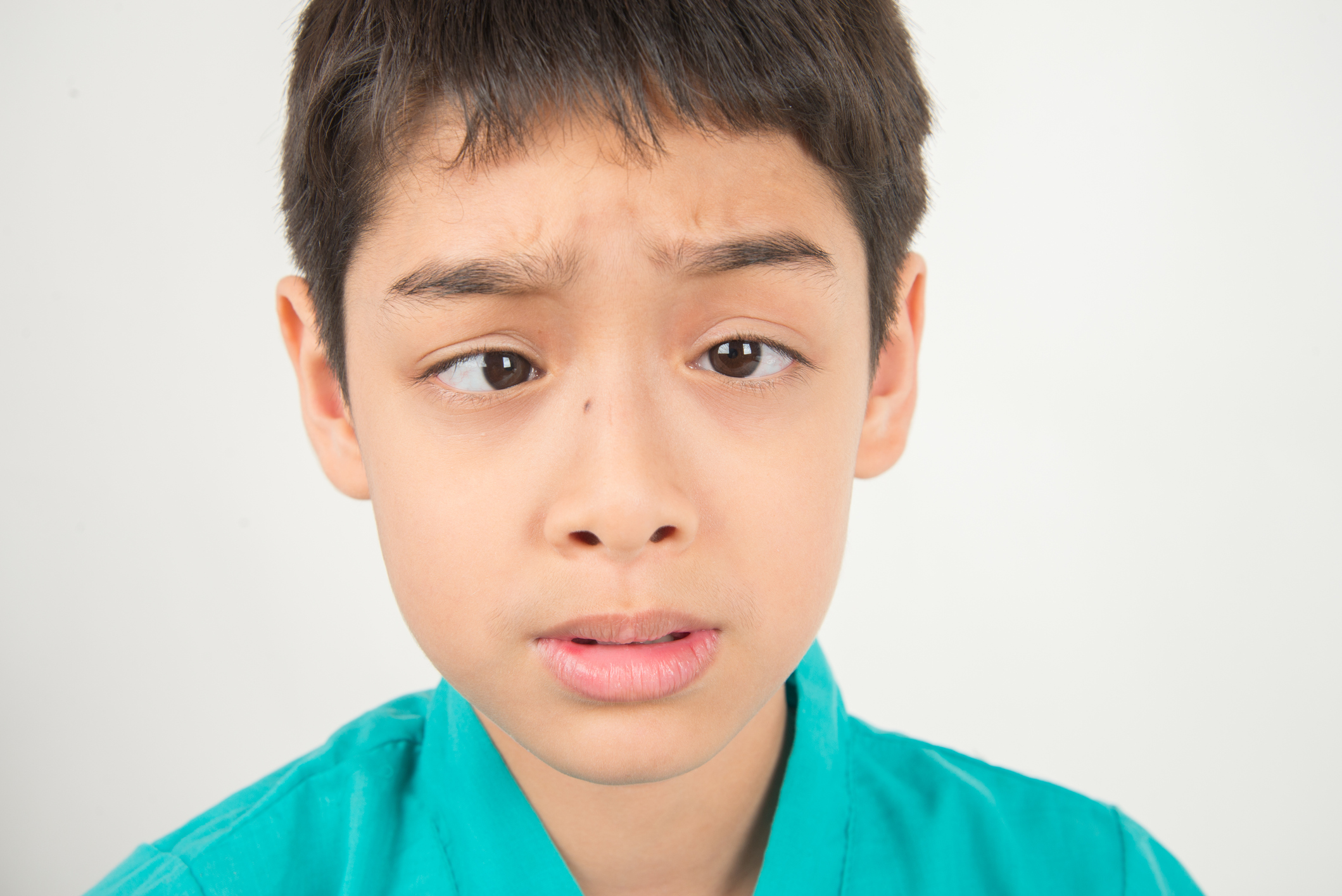Symptoms
- Double vision
- Noticeable misalignment of the eyes (cross-eyed)
- Loss of depth perception
- Decreased/blurry vision (amblyopia)
- Constantly tilting or turning your head to see an image clearly.
Causes
The exact cause of squint is not known. However, it can occur as a result of the following conditions:
- Poor vision: In cases of poor vision, the eyes tend to deviate from the normal alignment
- Refractive errors (glasses): Long sightedness (hyperopia), short sightedness (myopia) and astigmatism can also cause a squint
- Weak muscles: Weak muscles also cause a squint because muscles depend on the nervous system. If the nervous system is weak then it has an adverse effect on the vision. Almost six muscles of the nervous system are attached with eyes that are totally responsible for movement and control of the eye.
- Health problems: Problems like Diabetes, thyroid disease (Hyperthyroidism), Myasthenia gravis, brain tumors, or a stroke in cases of adults can result in a squint
- Accidents or head injury
- Genetic: Numerous cases of squint have been reported in which a family history of same problem was found
Treatment
The goal of squint eye treatment is to improve vision, set the eyes straight, plus restore proper binocular vision. Squint can be treated at any age. Treatment options include:
Non Surgical
Eye muscle exercises: There are exercises to help correct misalignment of the eyes. These exercises can help if you have “convergence insufficiency” – that is when your eyes do not align properly for close tasks, like reading or computer work.
Glasses: It is one of the most common methods for treating a squint, which helps to solve some common vision problems like myopia, astigmatism and hyperopia. In case of children, glasses are usually recommended.
Prism eyeglasses: A prism is a clear, wedge-shaped lens that bends (refracts) light rays. A prism can be attached to eyeglasses or made as part of the spectacle lens. Prisms can help correct mild double vision.
Surgical
Surgery can be performed to loosen, tighten, or move certain eye muscles so that the eyes line up properly to work together. More than one surgery may be needed to treat squint.
Surgery is usually done as a day-care surgery in our hospital, using either general or local anaesthesia. The muscles are then repositioned to help the eyes point in the same direction. This may need to be done in one or both eyes. After squint eye or strabismus surgery, you can get back to your daily routine within a few days
FAQs
Why is early diagnosis important?
Early diagnosis is important to know the underlying cause of the squint and for giving the right treatment. Timely diagnosis can help avoid an adverse effect on vision and a permanent vision problem.
What are various methods of diagnosing squint in children?
For children, paediatricians or ophthalmologists should do a thorough eye examination during infancy and preschool. This helps in early diagnosis and treatment of eye problems like squint, cataract, etc. Family history should also be taken into account. A squint cannot be diagnosed without the help of a doctor as at such a young age it is difficult to tell the difference between the two eyes.
Are there any complications of this disease?
One can develop Lazy eye also known as amblyopia due to a squint. This happens in early childhood, when the brain fails to process visual inputs from the weak eye, as the nerve pathways between the eye and the brain are not properly stimulated. Over time the brain starts to favour the other strong eye. The result is decreased vision in the eye which appears normal.
Lazy eye can’t be corrected using glasses. But can be treated by patching, proper medication or surgery. Squint could be a major reason which can lead to this eye condition which can ultimately lead to permanent loss of vision. Early treatment of lazy eye helps restore normal vision.
What are the various steps involved in treatment of amblyopia due to squint in children?
Amblyopia is treated by restricting the use of the good eye. This ultimately forces the affected eye to continue its usage in a proper way.
Treatment is more effective if diagnosed and treated in early childhood. This can be done by eye-patching or using glasses or both, and sometimes even using eye drops. The use of glasses not only corrects the vision of the eye, but also helps straighten the squinted eye. Surgical methods can be adopted for alignment of eyes and restoring binocular vision.
Is squint risky for eyes or for health?
Squint does not create any hazard for life and health. However, it can impinge on your daily schedule, especially in the case of kids, as routine tasks get affected due to this problem.
Is squint hereditary?
The exact cause of a squint remains unknown. Sometimes it is hereditary and some people develop them early while others later in life. Squints in adults are also treatable by doing eye exercises, wearing specialized prism eyeglasses, or opting for surgery.
Is the surgery for squints permanent?
In the majority of cases, squint surgery leads to regained alignment. However, in minor situations, due to a variety of reasons, misalignment of eyes can recur, in spite of squint surgery.
Is squint surgery painful?
Surgery for squint is not usually painful, although the patient may feel a bit uncomfortable post the operation for a few days.
How to correct squint eyes in adults without surgery?
In some cases, eye specialists often take the path of various vision therapy programmes, eye exercises, and use of prism eyeglasses to treat squint in adults. Surgery is seen as the last resort to treat the condition.

